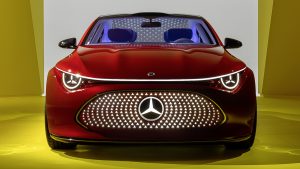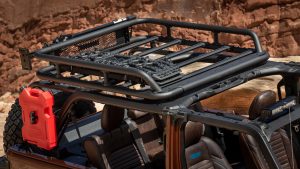Stellantis is releasing a plug-in hybrid pickup these days. There was the two-door SUV from the 1970s to the 1990s. But do you think that was all?
- Earlier this week, RAM showed a PHEV version of its 1500 pickup along with a facelift
- That version was named Ramcharger name to allude to the SUV offered decades ago
- Between those two, there was a short-lived generation build and sold only in Mexico
Stellantis made news this week thanks to the RAM 1500. The current generation has gone through a half-life facelift where the cosmetic changes were modest and the powertrain upgrades took the attention.
Those upgrades were all in favor of efficiency, whether by downsizing engines, embracing electrification, or doing both at once. However, considering the times in which we are living, they are hardly surprising.
Among all those, enthusiasts have surely noticed that the PHEV version was named Ramcharger. It is an electrified spin on a moniker that was once used on a two-door SUV of RAM’s predecessor brand, Dodge.
If that all seems normal and predictable, there is a plot twist: Dodge actually used that moniker twice, not only once. There was another Ramcharger between those two, which this article is going to show you.
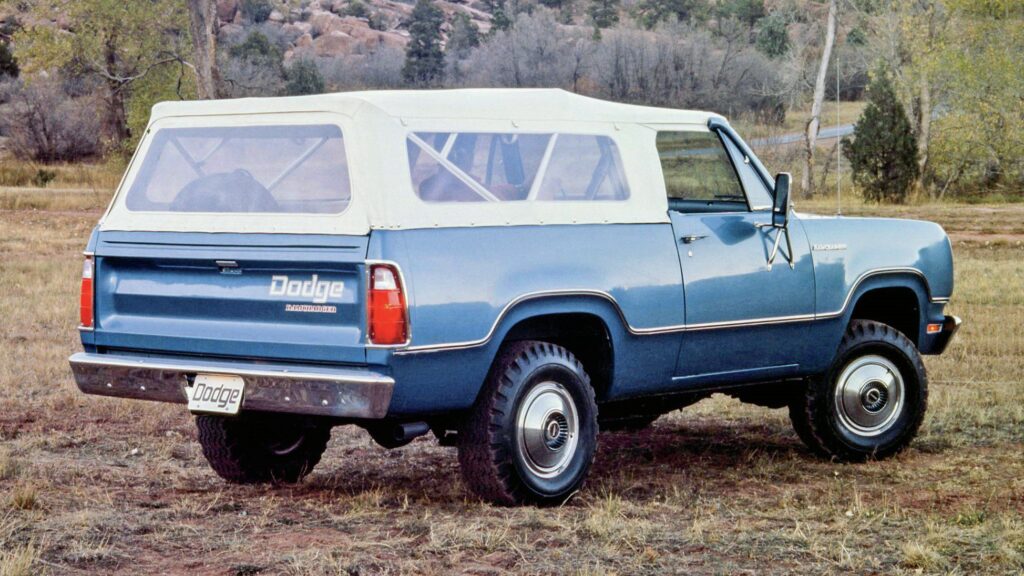
The original Ramcharger
The very first Dodge Ramcharger appeared in 1974 with a no-frills character. It had an open top and came with a removable cloth cover. The first units did not even have the B-pillars attached to the front doors.
This generation was basic to the point of offering the passenger’s seat as an option until 1976. It also had a badge-engineered sibling, named Plymouth Trail Duster. Both were available only with AWD at first.
The Dodge Ramcharger had a redesign in 1981 following the pickups on which it was based. Besides new external lines, it received a fixed steel roof, new internal trim and, years later, throttle-body fuel injection.
US and Canada sales ended in 1993 because of fading interest. Target buyers wanted more comfort and refinement, so they gradually moved to four-door SUVs. However, that was only in the US and Canada…
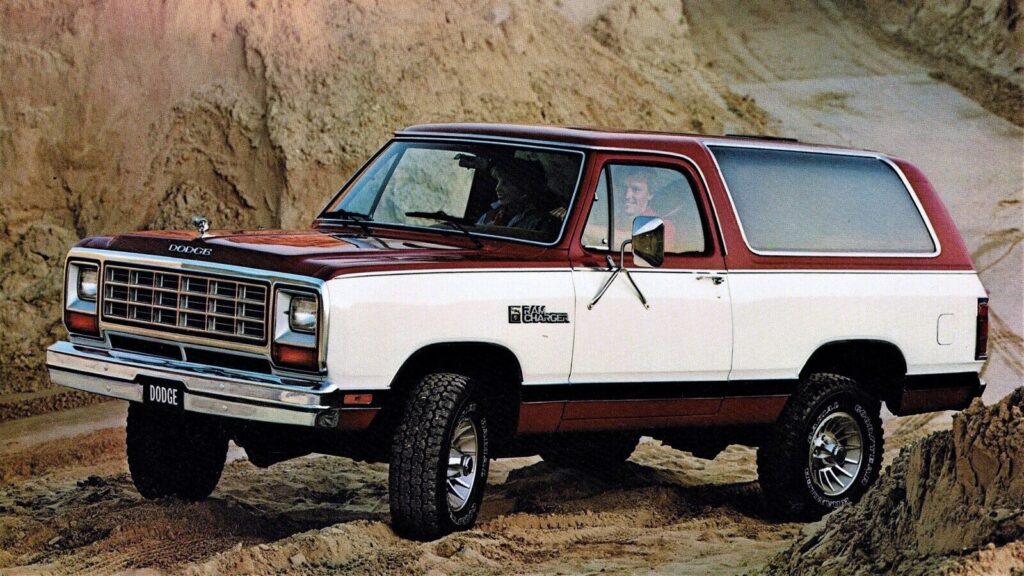
Renewed interest in Mexico
While Chevrolet and Ford made that move with the Tahoe and the Expedition, Dodge decided to quit the segment. The exception was the Mexican market, where the Ramcharger still had high interest and sales.
The local branch had a victory by keeping the SUV in line for two more years. However, it had to use that time to plan a successor since Dodge no longer had SUVs. It chose to take the matter into its own hands.
The Mexican Chrysler had little time for that and, reportedly, a budget of only $3 million. Engineers used everything they could from the company’s existing parts and managed to build the third Ramcharger.
It debuted in 1999 using RAM’s latest platform with adaptations to the shorter length. This SUV was built in Mexico and available only there for a few years, which explains why not many people know about it.
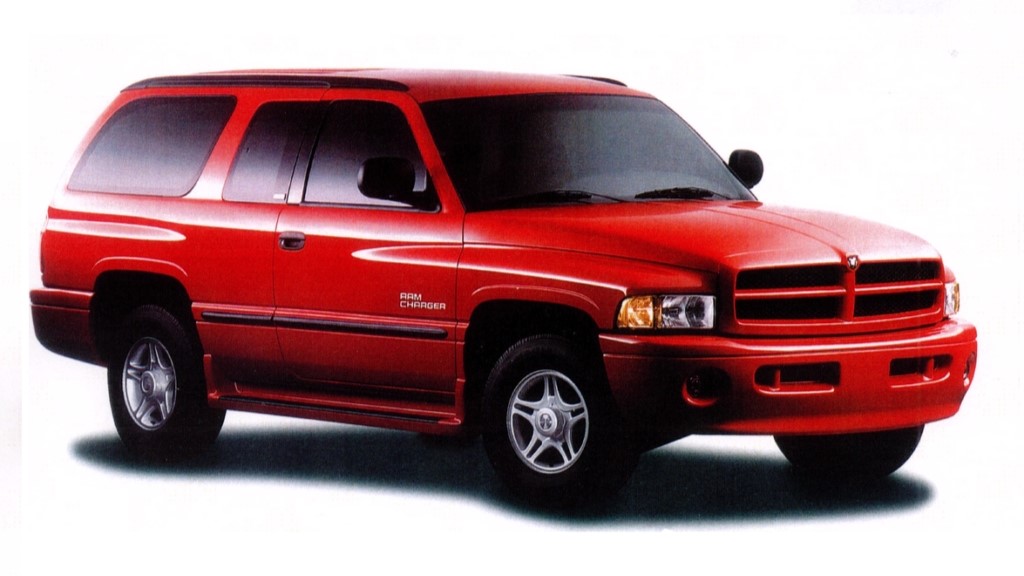
The third Dodge Ramcharger
As you can see, the Mexican division replicated everything from the pickup up to the front doors. The new look brought the car to date with Dodge’s visual identity, marked by smooth lines and few chrome items.
We can see a clever solution behind the doors. Those quarter windows came from the Ram 1500’s Quad Cab version. They complete the design of the front windows and allow using two pillars instead of one.
The rearmost windows are taller than the others for a reason: they nod to those used on the original Ram Charger models. The rear hatch came from the Caravan with a quite good look, using exclusive taillights.
Inside, dashboard and seats came from the Ram pickup once again. But there are exclusive side panels, of course, and a side-facing bench making the third row of seats. The SUV can seat a total of eight people.

High praise, short lifespan
The Mexican Dodge Ramcharger debuted with manual or automatic transmissions, both with four speeds; and 5.2L or 5.9L engines, both V8. However, it only had rear-wheel drive. AWD was simply not an option.
While the SUV earned favorable reviews from the local press, it did not quite catch people’s interest. They were moving on to the practicality of four doors. Besides, those engines’ fuel consumption did not help.
In the end, the Mexican Dodge built around 30,000 units of its Ramcharger from 1999 to 2001. The model did not have a direct successor, but the Durango ended up filling the gap because of the similar length.
Lately, media outlets show this SUV here and there whenever a new unit exported to the US goes on sale. Starting next year, it will fall into more favorable import laws focused on cars that are over 25 years old.
Dodge Ramcharger tech specs
| Dimension* | 1st generation | 2nd generation | 3rd generation |
|---|---|---|---|
| Curb weight | 1,835 kg (4,045 lb) | 1,920 kg (4,233 lb) | 2,404 kg (5,300 lb) |
| Height | N/A | 1,770 mm (69.7 in) | N/A |
| Length | 4,689 mm (184.6 in) | 4,689 mm (184.6 in) | 5,029 mm (198 in) |
| Wheelbase | 2,692 mm (106 in) | 2,692 mm (106 in) | 2,888 mm (113.7 in) |
| Width | 2,019 mm (79.5 in) | 2,019 mm (79.5 in) | N/A |
You may also like
Even though there are no big Mexican automakers, the country has become very important in the auto industry for many reasons. Another one is Forza Horizon 5, which represents several locations of the country!
Danillo Almeida has explored his passion for cars in two distinct ways. The first one is his graduation course in Mechanical Engineering, which will hopefully lead to a job position in the field. The other one is expressing his knowledge and opinions on the matter through writing. Almeida has already contributed to blogs, stores, and websites in general writing automotive content in many formats.


